|
NASA just released this beautiful rendering of the 2020 Rover and I am ecstatic to see all of the details and new features that this rover has. It shows a Martian Helicopter and critical details about the sampling and caching system. Let's take a detailed look at what has stayed the same and what has changed compared to the Curiosity rover. I won't be covering the instruments because I am not familiar with them and because there is really excellent information on NASA's website. Unfortunately, there are not any renderings of the Curiosity rover as nice as this one, so we will need to compare it to actual photographs. A lot is obviously the same: the Chassis, the mast, RTG (Radioisotope Thermoelectric Generator) and the mobility system (excepting wheels) are basically identical. The arm also looks the same excepting the payloads on the end. Many of the parts that will be part of the 2020 rover were actually flight spares from Curiosity. When this rover launches, many of the parts will be over 10 years old. 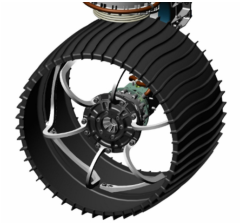 I think everyone knows about the issues Curiosity has had with it's wheels. It has already been announced that they will be thicker than the previous ones, but the difference is neglible in the rendering. There is a subtle change in the grousers compared to the curiosity design, being a little straighter. I also see no evidence they will leave morse-code messages in the sand, either. The rest of the wheel assembly appears to remain unchanged. The drill really stood out to me, because I've seen it, and worked with it before! Although it has not been announced yet, this rendering shows a design based on drills made by Honeybee Robotics. I think this means the must be the prime contractor for both the drill and caching system. You can see the heritage to their ROPEC and RANCOR drill. It is a coring drill capable of doing ~5cm long cores, and has a brilliant way of doing core break off and capture. The the drill bit, plus the sample inside, can then be transferred the cache. I am thrilled that Honeybee is making the drill for the 2020 rover, and am proud of all of the hard work my former colleagues put into it. Most of the drill is obscured, so it is not possible to see the motor for advancing the drill, percussion motor, bit change motor, and core breakoff. It is also possible there is only one motor, but I suspect that to get maximum performance they will use a separate motor for each function. The caching system is new to the rover, and represents the ultimate goal of this mission's purpose: to collect and store samples so they can be brought back to earth by future missions to Mars. Mars sample return has been a holy grail of planetary science for decades. Once a sample has been cored, the arm will move to align the drill to to the sample cache using the alignment features. The drill will screw the core into a sleeve, and in doing so the sample will be sealed. Then the cache will turn, presenting the next coring bit. The fresh coring bit is unscrewed from its holder and used to drill another sample. When the mission has been completed and all of the core drills are full, the arm will be able to remove the cache from the rover body, and set it on the ground somewhere that is nice and accessible. Later, another rover will pick it up and take it to an ascent vehicle, which will launch from the surface of Mars, and eventually bring it back to earth. All this will likely happen another decade after the 2020 rover lands. There is also a helicopter on the rover! This is thrilling, and is a very bold step for the JPL team. I had seen some press on early R&D for a martian helicopter which would be used for occasionally flying up to altitude and getting photos to help plan drives. This is one of those things that seems crazy at first, and will be very impressive if they can go from research project to landing on Mars in 5 years. There is an extra piece of structure that has been added on the rear over the RTG. I have been trying to figure out what it could be, and why the 2020 rover may need it when Curiosity didn't, but I don't know. Everything else in the area looks identical. However, It's a crazy structure, it looks really fun to design and make.
I hope NASA makes a habit of releasing detailed CAD renderings, it was a lot of fun to pick through this.
2 Comments
Sam Bloggins
7/1/2017 20:12:25
Thanks you for your analysis. I was pleased to read through your posting.
Reply
Lalit Deshmukh
3/11/2024 02:07:40
Hello
Reply
Leave a Reply. |
Lars OsborneBS Mechanical Eng Categories
All
|
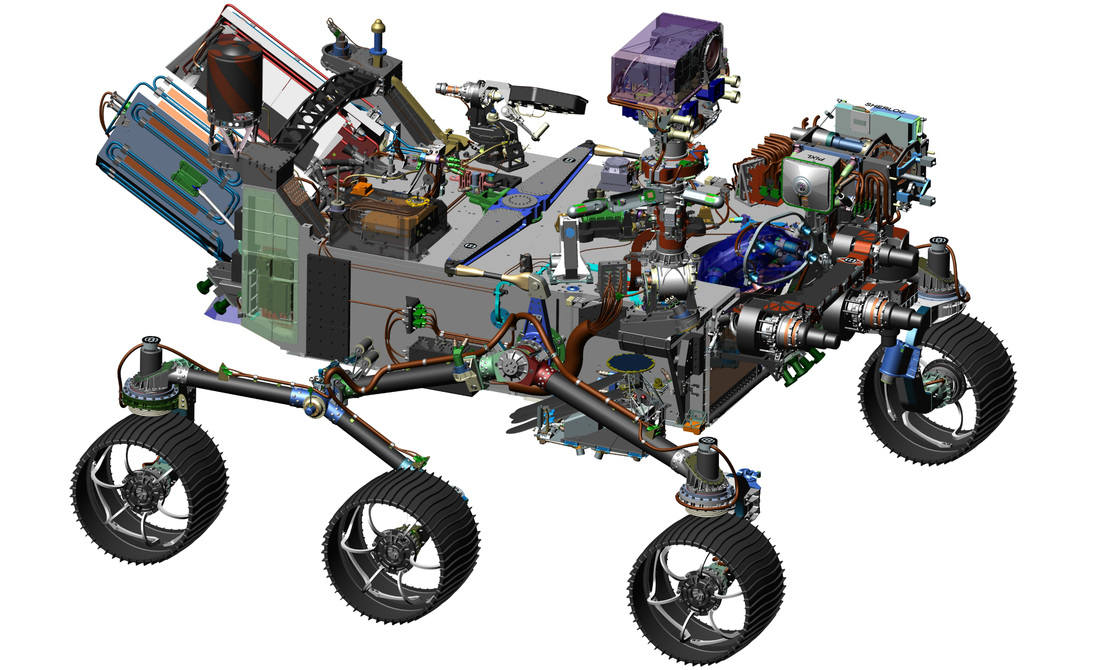
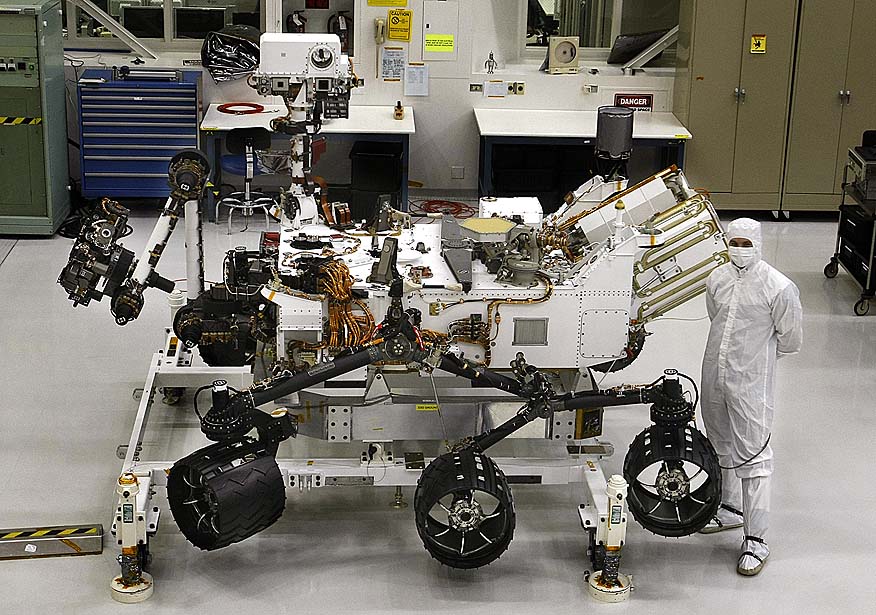
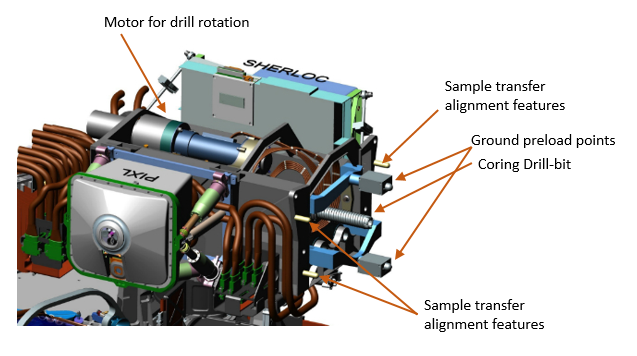
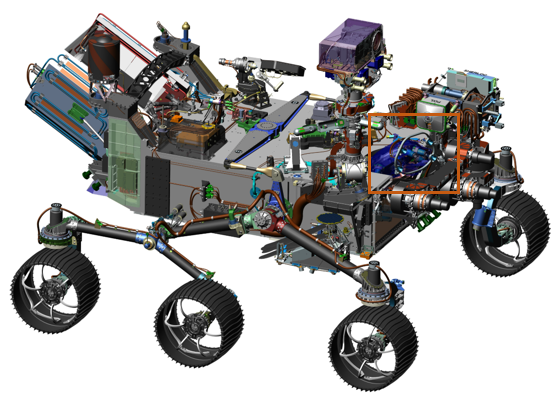
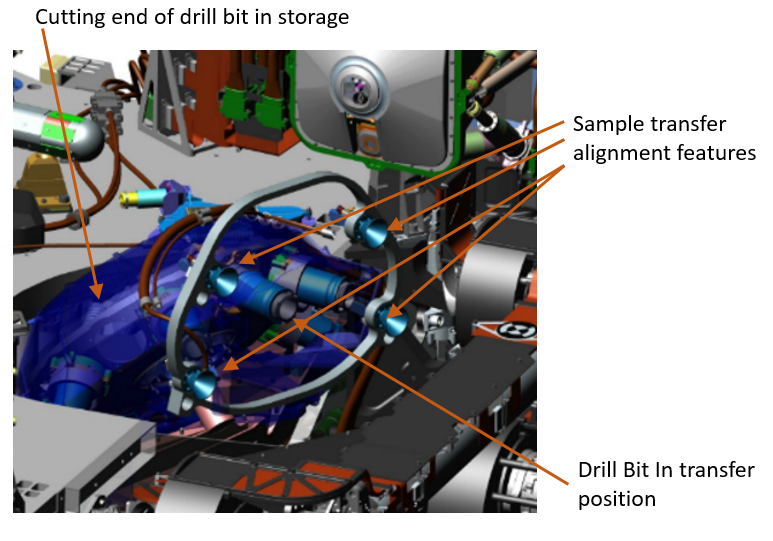
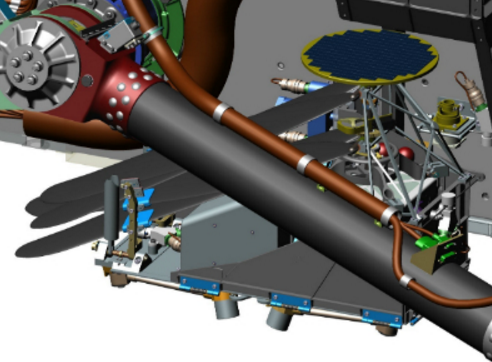
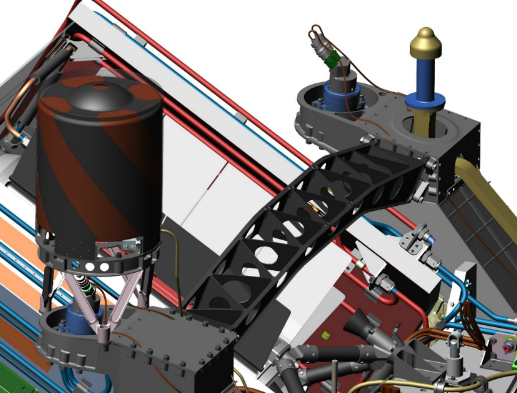

 RSS Feed
RSS Feed
